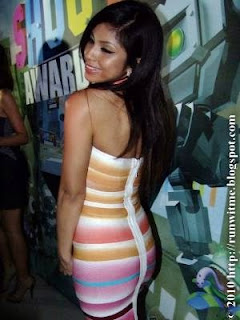Stussy, one of the first pioneer to start streetwear. (PTWSCHOOL, 2013)
The Swagger Salon - Streetwear from Malaysia. (The Swagger Salon Gallery, 2011)
Below are photos taken from each brand's official Facebook profile and Tumblr as online ordering is one of their main market. So, how does Malaysia's streetwear sell their products?
 |
|
(Reunion X Respect, 2012)
|
(The Swagger Salon Gallery, 2013)
|
That way. Note that the primary customer for these clothes are men. These women are objectified to a point that they don't even have to wear the clothes they are selling. Yes, sex sells, a lot of brands from foreign country does that too, but do we have to follow these trends blindly? There's no message behind these "concept", unless you think Reunion and "taikor" (big brother) means half naked women.
- PTWSCHOOL (2013) IN4MATION X STUSSY CAPSULE COLLABO 2013 / LOOKBOOK [Online image] Available from http://www.ptwschool.com/blog/in4mation-x-stussy-capsule-collabo-2013-lookbook.html [Accessed 20 July 2013]
- Reunion X Respect (2012) EDD.0402 (2012) [Facebook] Available from https://www.facebook.com/photo.php?fbid=321040977973065&set=a.312389688838194.75875.101762383234260&type=3&theater [Accessed 20 July 2013]
- The Swagger Salon Gallery (2011) THE SALON TO GET YOUR SWAG ON [Tumblr] Available from http://theswaggersalon.tumblr.com/ [Accessed 20 July 2013]

